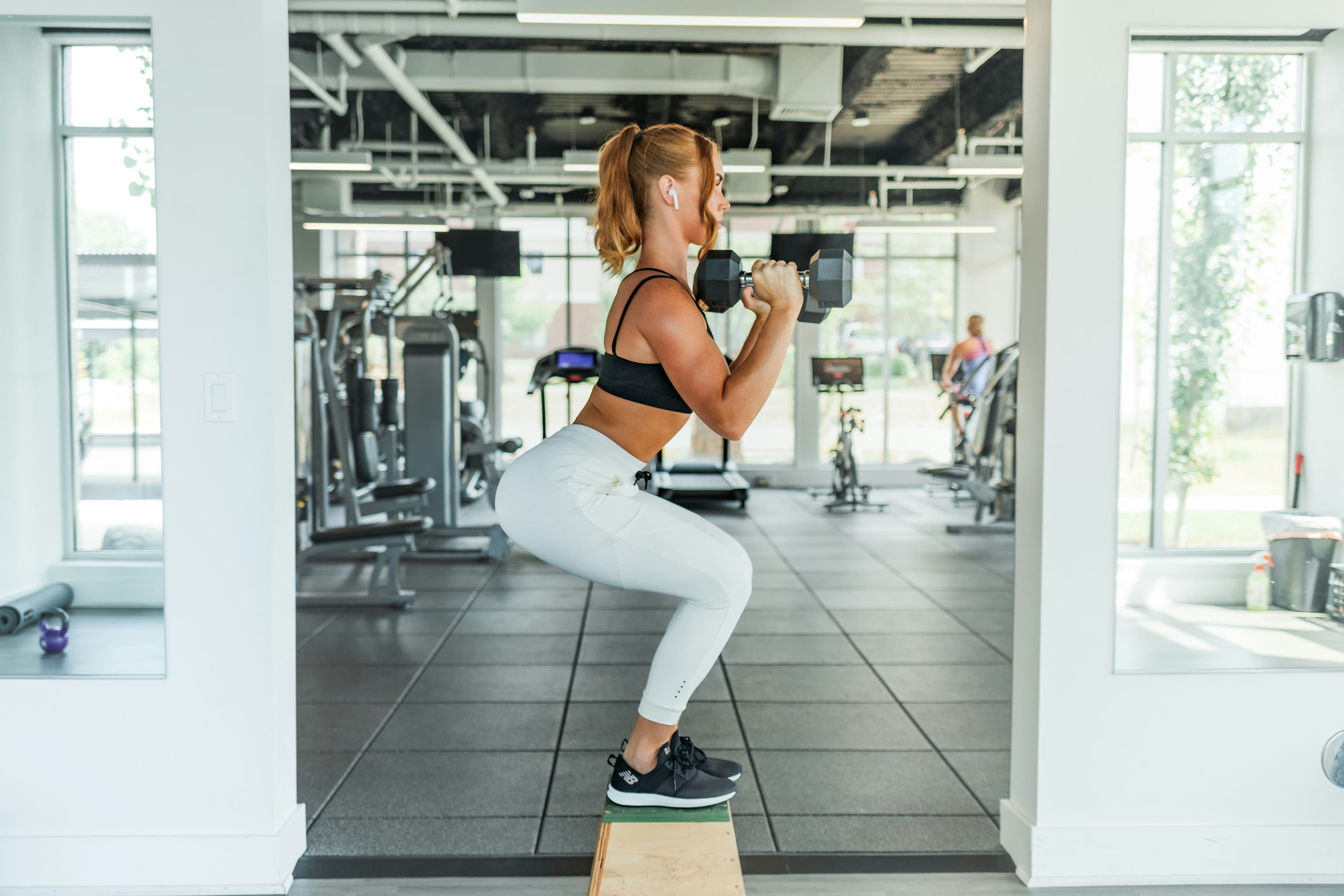When it comes to efficient workouts that burn fat, build strength, and improve cardiovascular health, high-intensity interval training (HIIT) has gained a massive following. If you’re short on time but still want to maximize your fitness results, HIIT might be your perfect solution. But what exactly makes this training method so effective?
HIIT involves alternating between short bursts of intense activity and brief periods of rest or low-intensity activity. The combination of high-intensity work followed by recovery pushes the body to its limits, forcing it to adapt and improve both aerobically and anaerobically. The best part? You can complete an entire workout in as little as 20-30 minutes, making it ideal for busy schedules.
In this article, we’ll explore why HIIT works, how to incorporate it into your fitness regimen, and the numerous benefits it offers for both beginners and seasoned athletes.
What Is HIIT and How Does It Work?
At its core, HIIT is based on the principle of interval training, where you alternate between intense bursts of exercise and recovery periods. These high-intensity intervals push your heart rate to near its maximum capacity, while the recovery periods allow your body to rest and prepare for the next round of effort.
HIIT workouts can vary in length, but they typically consist of cycles of 20-60 seconds of all-out effort followed by 10-30 seconds of rest. While the length of the intervals can differ, the goal remains the same: to push your body to work at its highest capacity during the high-intensity periods and allow a brief recovery to reset for the next interval.
HIIT can be performed using bodyweight exercises, free weights, or cardio machines, and it can be tailored to fit different fitness levels.
Why Is HIIT So Effective?
There are several reasons why HIIT has become one of the most popular training methods, particularly for those who want to see quick and lasting results. Here's why HIIT works so well:
● Time Efficiency
One of the biggest advantages of HIIT is the time-saving factor. Traditional steady-state cardio workouts, such as long-distance running or cycling, may require 45 minutes to an hour to yield substantial results. On the other hand, HIIT can be completed in just 20-30 minutes, making it a perfect option for individuals with tight schedules. Despite its shorter duration, HIIT burns a significant amount of calories and delivers the same or even better benefits than longer workouts.
● Fat Loss and Calorie Burn
HIIT is highly effective for fat burning. The intensity of the intervals ramps up your metabolism, leading to what's known as the "afterburn effect," or excess post-exercise oxygen consumption (EPOC). This means your body continues to burn calories at an elevated rate even after the workout is finished, which helps accelerate fat loss. Some studies show that HIIT can burn more fat in less time compared to traditional moderate-intensity exercises.
● Improved Cardiovascular Health
HIIT workouts are excellent for boosting cardiovascular health. The high-intensity intervals increase heart rate and stimulate the cardiovascular system, improving heart function, circulation, and endurance. Regular HIIT training has been shown to improve both aerobic and anaerobic fitness, leading to better stamina and performance in all types of physical activities.
● Builds Muscle and Strength
While HIIT is often associated with fat loss and cardio fitness, it also helps build lean muscle and strength. The high-intensity nature of the workouts stimulates muscle fibers to grow and repair, particularly when exercises like squats, push-ups, and kettlebell swings are incorporated into the routine. This muscle-building aspect is one of the reasons why HIIT is often more effective for body composition than steady-state cardio alone.
● Improves Metabolism
The high-intensity nature of HIIT challenges the body's energy systems, improving your metabolic rate. As a result, your body becomes more efficient at burning calories, both during and after workouts. This increased metabolic rate also makes it easier to maintain a healthy weight.
How to Structure Your HIIT Workout
One of the best aspects of HIIT is its versatility. You can tailor the workouts to suit your fitness level and preferences. Here’s how to structure a basic HIIT session:
1. Warm-Up (5 minutes)
Start with a dynamic warm-up to prepare your muscles and joints for the intense activity ahead. This can include jumping jacks, leg swings, arm circles, and bodyweight squats to get the blood flowing.
2. The HIIT Intervals (15-20 minutes)
Choose exercises that target multiple muscle groups to maximize calorie burn and muscle engagement. A typical HIIT workout consists of several intervals of 30 seconds of work followed by 30 seconds of rest. For example:
Exercise 1: Jump squats (30 seconds)
Rest: 30 seconds
Exercise 2: Push-ups (30 seconds)
Rest: 30 seconds
Exercise 3: Burpees (30 seconds)
Rest: 30 seconds
Exercise 4: Mountain climbers (30 seconds)
Rest: 30 seconds
Repeat this cycle for 3-4 rounds, depending on your fitness level.
3. Cool-Down (5 minutes)
Finish your HIIT workout with a cool-down to lower your heart rate and stretch your muscles. Focus on deep stretches for the hamstrings, quads, calves, and chest to promote flexibility and prevent injury.
Is HIIT Right for You?
While HIIT offers impressive benefits, it may not be suitable for everyone, especially if you're new to exercise or have underlying health conditions. If you're unsure whether HIIT is a good fit for you, here are a few things to consider:
Beginners: If you're just starting out, you may want to ease into HIIT gradually. Begin with lower-intensity exercises and longer rest periods, and increase the intensity over time as your fitness level improves.
Joint Issues: High-impact exercises like burpees or jumping jacks can be tough on the joints. If you have any joint pain or concerns, modify the movements or choose low-impact exercises.
Health Conditions: Always consult with a healthcare professional before beginning any intense workout program if you have any health conditions, such as heart problems or hypertension.
The Benefits of HIIT Are Clear
HIIT is a powerful and efficient workout method that provides numerous benefits in a short amount of time. It improves cardiovascular health, burns fat, builds strength, and boosts metabolism—all while keeping your workouts fun and varied. Whether you’re a beginner or a seasoned athlete, HIIT can help you reach your fitness goals faster and with fewer time constraints.
So, the next time you’re short on time but want an effective workout, give HIIT a try. With the right structure and intensity, you’ll see results that not only improve your fitness but also help you feel stronger and more energized throughout the day.
Loading...



